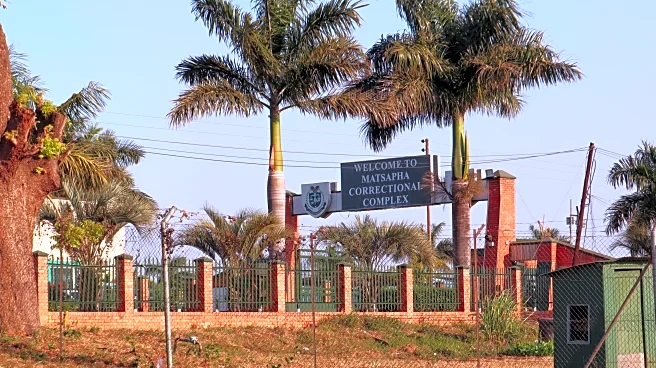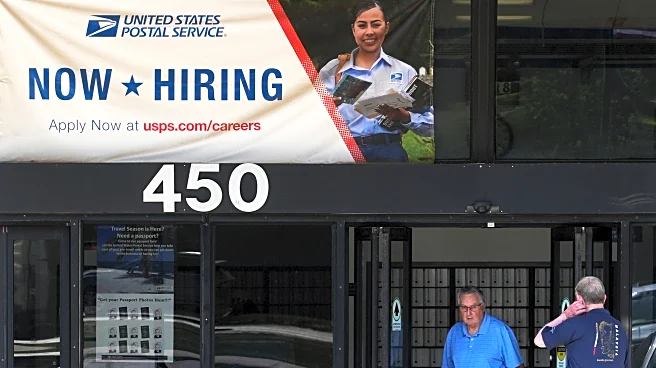What's Happening?
The U.S. Department of Labor (DOL) has published an interim final rule reforming wage rate regulations for agricultural guestworkers. The Adverse Effect Wage Rule (AEWR) Methodology for the Temporary Employment of H-2A Nonimmigrants in Non-Range Occupations revises agriculture wage rates across all 50 states and Puerto Rico. The new rule changes the methodology for determining hourly Adverse Effect Wage Rates by utilizing state-level data from the Bureau of Labor Statistics’ Occupational Employment and Wage Statistics survey. The American Farm Bureau Federation (AFBF) has expressed support for the reformed regulation, highlighting its potential to aid farmers facing high production expenses and low product prices.
Why It's Important?
The reform of wage rate regulations is significant for the agricultural sector, particularly for farmers who rely on the H-2A program to hire guestworkers. The new rule aims to provide a fair wage rate, which is crucial for farmers struggling with high labor costs that can constitute nearly half of production expenses. By potentially reducing dependence on imported foods, especially for labor-intensive crops, the rule supports domestic food production. The AFBF has been advocating for AEWR reform, emphasizing the need for transparency and predictability in wage rates to help farmers remain competitive and ensure food security.
What's Next?
The DOL will be accepting comments on the new AEWR rule through December 1. The AFBF plans to work with the administration to ensure the rule is implemented with transparency and clarity. Additionally, the organization is committed to collaborating with Congress for more lasting reforms that benefit both workers and farmers. The discontinuation of the Farm Labor Survey by the USDA and recent legal developments, such as the vacating of a portion of the 2023 AEWR rule by a Louisiana judge, may influence future discussions and adjustments to the wage rate regulations.











